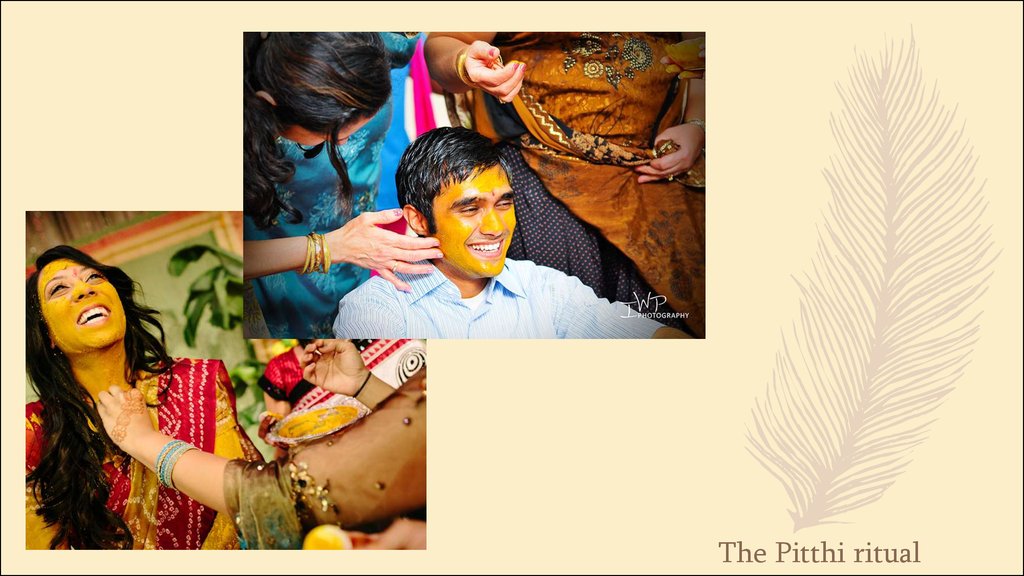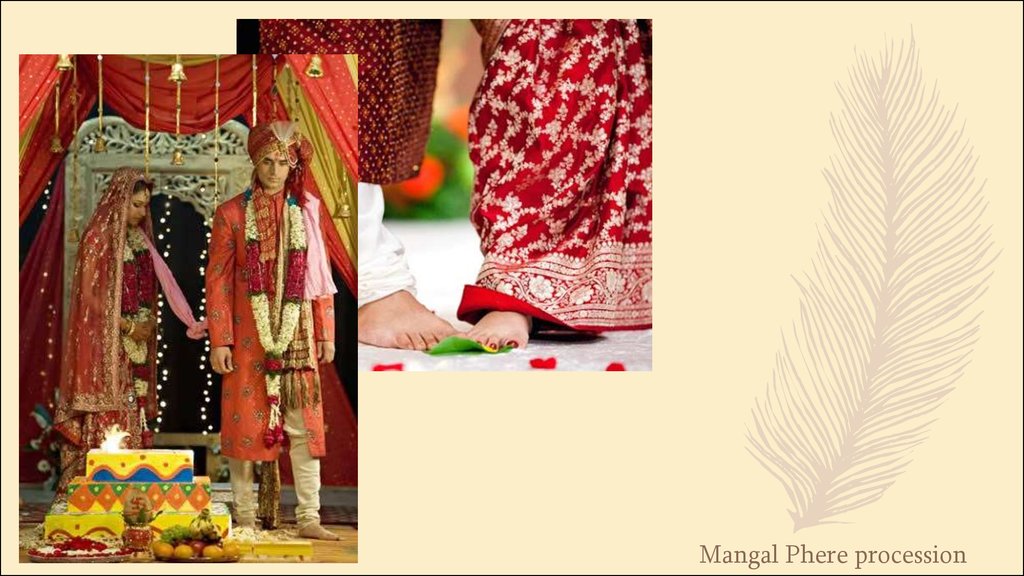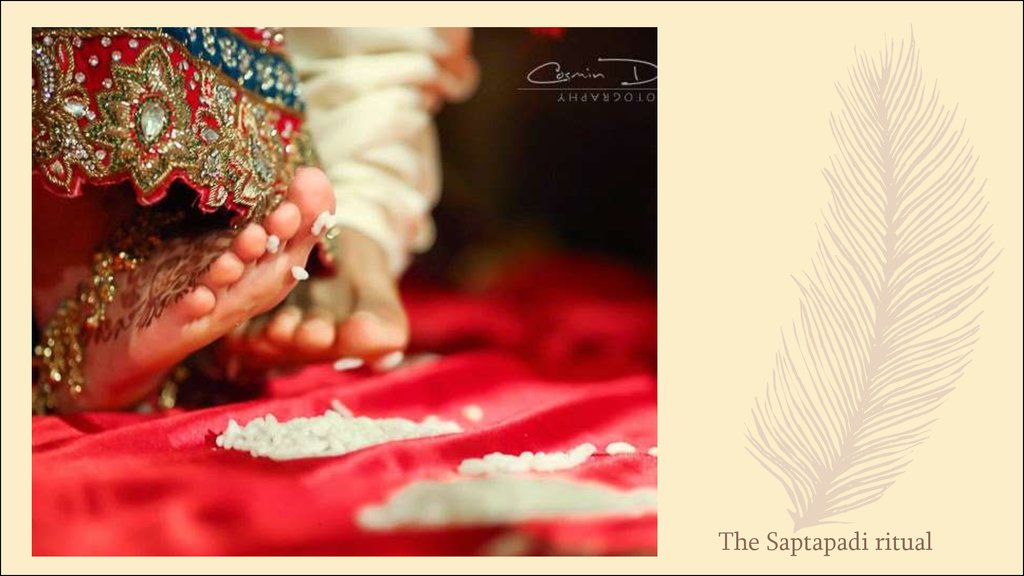Past President, Jug Manocha, provided an overview of Indian Weddings, their rituals, and customs. He shared his pictures with the Rotary Club London South in the presentation. Indian weddings are colourful and stylized with each ritual marking not only the joining of a couple but also a joining of the families.
Recognizing that there are many different cultures and that weddings may vary significantly, this is a sampling for sharing purposes. He also mentioned that many weddings are very elaborate, based on the family values and affording capabilities. Jug showed some of the highlights from the weddings that he attended in Canada from Hindu and Sikh cultures.

Recognizing that there are many different cultures and that weddings may vary significantly, this is a sampling for sharing purposes. He also mentioned that many weddings are very elaborate, based on the family values and affording capabilities. Jug showed some of the highlights from the weddings that he attended in Canada from Hindu and Sikh cultures.

Special clothing is purchased for both the bride and groom. The bride’s sari or suit, is usually a colourful garment with elaborate jewelry and the groom’s dhoti is also colourful but not so elaborate as to detract from the bride’s sari. The bride will have henna designs on her hands done for the wedding.

Prior to the wedding well-wishers and family members cleanse the bride and groom in their respective homes with a yellow paste and tease them about the upcoming event.

There is also a ceremony where henna designs are painted usually on hands or arms of the wedding party guests (typically females).
There is a Sangeet ceremony where the families gather to have a party and to sing songs or dance. There is also a ceremony to deliver the bride the chuney or sari to the bride.
There are prayers at the grooms house and then the groom wears a veil and the wedding party will go to the temple for the wedding. Often the wedding party being led a dhol (drum) is often dancing, followed by the groom on the horse as they arrive at the temple for the formal meeting of the families.
There is a Sangeet ceremony where the families gather to have a party and to sing songs or dance. There is also a ceremony to deliver the bride the chuney or sari to the bride.
There are prayers at the grooms house and then the groom wears a veil and the wedding party will go to the temple for the wedding. Often the wedding party being led a dhol (drum) is often dancing, followed by the groom on the horse as they arrive at the temple for the formal meeting of the families.

The bride’s family greets the groom’s family. The ceremony involves the exchange of garlands between the close members of the family of the bride and groom. This is followed by a tea at the temple and then the formal wedding ceremony begins.
In Hindu weddings, a scared fire is lit in a ceremony led by the priests, and the couple walk around the seven times and also take seven steps together fire several times the number depends on the respective cultures.
In sikh weddings, the wedding is consummated by four pharas (walk around the sacred holy book) where the Sikh priests performs the ceremony and once this is completed, the couple is deemed to be married.
In Hindu weddings, a scared fire is lit in a ceremony led by the priests, and the couple walk around the seven times and also take seven steps together fire several times the number depends on the respective cultures.
In sikh weddings, the wedding is consummated by four pharas (walk around the sacred holy book) where the Sikh priests performs the ceremony and once this is completed, the couple is deemed to be married.


The weddings are followed by meal at the temple. There is a send-off ceremony for the bride to the groom’s home. This is followed by a wedding reception where it is usually a large party.
The entire wedding process many take place over several days. These days a filled with rich food and blessing for the newlyweds. His advise was to take in the culture at the weddings and make sure that you dress colourfully for the weddings, no pure black or white., and to have fun.

